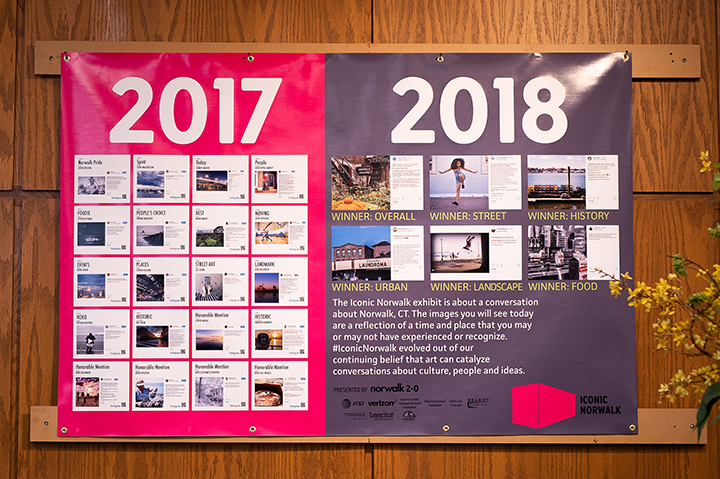One of the reasons that we spend so much time organizing communities is simply because good things happen when serendipitous connections happen. Not so long ago, I was reading a Harvard Business Review article on the sense of place where Kodak was singled out as a company that was in the wrong place at the wrong time. Rochester NY is not exactly known for its tech scene is it? Yet Polaroid, in the heart of Cambridge, was in a fairly fluid tech scene, yet somehow missed the bandwagon of going digital in much the same way as Kodak has, and with the added indignity of watching Instagram create instant digital filter effect photos that can be shared on the Internet in a seemingly incremental step from the old skool polaroid instant photo print.
For companies, being there means having a presence on the ground to deeply understand places that hold resources important for the future. Kodak might have been a different, much greater company now, dominating digital imaging the way it had dominated film-based photography, if the company had “been there” in Silicon Valley soaking up the sunshine of digital creativity, hiring a new Internet-savvy generation, and connecting with entrepreneurs inventing the future. Instead, the firm remained firmly in Rochester, New York, capital of an older technology era.
Like most things, its more than a sense of place that allows for innovation, its also a sense of culture. Rosabeth Moss Kanter spots the difference in this graf:
In contrast, Reuters, an information-provider that was also threatened with Internet-caused obsolescence, reluctantly allowed a key staff member to move from London to California, where he showed up in the places that emerging talent hung out, including the Stanford student cafeteria. By being there, he was in preferred position to invest in many star start-ups (which could pick and choose their investors) and make friends with potential partners. He also brought in global executives to see it for themselves, which accelerated decisions about changes in the parent company. Two years later, connections solidified, he could return to London and make occasional return visits. Five years later, the CEO declared that Reuters had transformed into an Internet company.
It’s an apparent paradox: The declining significance of place is associated with the rising significance of place. Technology helps us connect with anyone anywhere nearly instantaneously, crowdsource ideas, and work on virtual teams without ever being in the same place. But being in the same place at the right time means being able to make serendipitous connections, and even to get mistaken for someone important. That’s why executives trek up the snowy Swiss mountains to Davos, or why art dealers flock to Art Basel and Art Basel Miami. Furthermore, showing up and being there has an emotional appeal even when it lacks instrumental value. People pay a premium to attend live sports and entertainment that they could get free on TV or the Web.
Creating places for different people to mingle and exchange ideas is part art and part science. We like to think that the POP UP model we’ve created is the right alchemy in building a sense of place and sense of innovation and energy that will foster good things.



